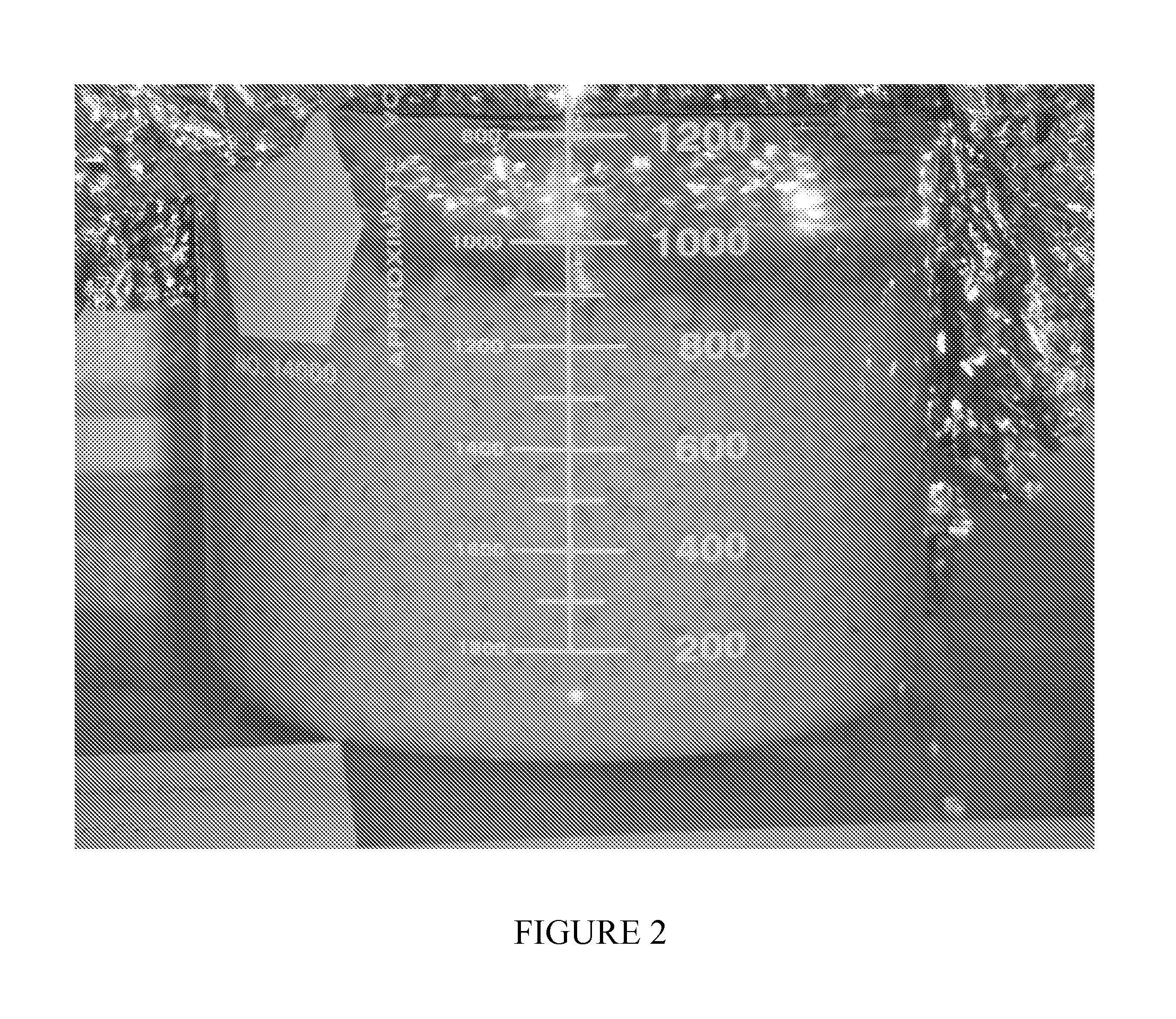Biocompatible protein-based particles and methods thereof
a technology of protein-based particles and protein-based powders, which is applied in the direction of powder delivery, medical preparations, skeletal disorders, etc., can solve the problems of uncontrollable release, unsuitable for controlled drug delivery, and many previously developed devices that do not offer sufficient strength, stability and support, etc., to achieve the effect of promoting particle remodeling
- Summary
- Abstract
- Description
- Claims
- Application Information
AI Technical Summary
Benefits of technology
Problems solved by technology
Method used
Image
Examples
examples
[0406]The protein-based materials and particles of the present invention will now be further described with reference to the following non limiting examples and the following materials and methods that were employed.
example i
Spread Matrix Particles
[0407]Bovine fibrous collagen (1.715 g) was mixed with elastin (0.457 g) and heparin (0.114 g) in a two-syringe mixing system with the addition of 5 ml of distilled water and 3 ml of phosphate buffered saline (pH 7.4). When the mixture appeared uniform, the resulting material was dehydrated at 30° C. until 60% of the added water was removed. This paste (B-stage) was stored at 42° F. overnight. The B-stage was made into smaller pieces suitable for use in a single ball grinding device held at liquid nitrogen temperature. This grinding resulted in a particulate material.
example ii
[0408]Bovine fibrous collagen (1.715 g) was mixed with elastin (0.457 g) and heparin (0.114 g) in a two-syringe mixing system with the addition of 5 ml of distilled water and 3 ml of phosphate buffered saline (pH 7.4). When the mixture appeared uniform, it was spread on a flat surface and dehydrated overnight at 40° C. to yield a solid. This solid was broken into pieces and ground at liquid nitrogen temperature to yield particles.
PUM
 Login to View More
Login to View More Abstract
Description
Claims
Application Information
 Login to View More
Login to View More - R&D
- Intellectual Property
- Life Sciences
- Materials
- Tech Scout
- Unparalleled Data Quality
- Higher Quality Content
- 60% Fewer Hallucinations
Browse by: Latest US Patents, China's latest patents, Technical Efficacy Thesaurus, Application Domain, Technology Topic, Popular Technical Reports.
© 2025 PatSnap. All rights reserved.Legal|Privacy policy|Modern Slavery Act Transparency Statement|Sitemap|About US| Contact US: help@patsnap.com



